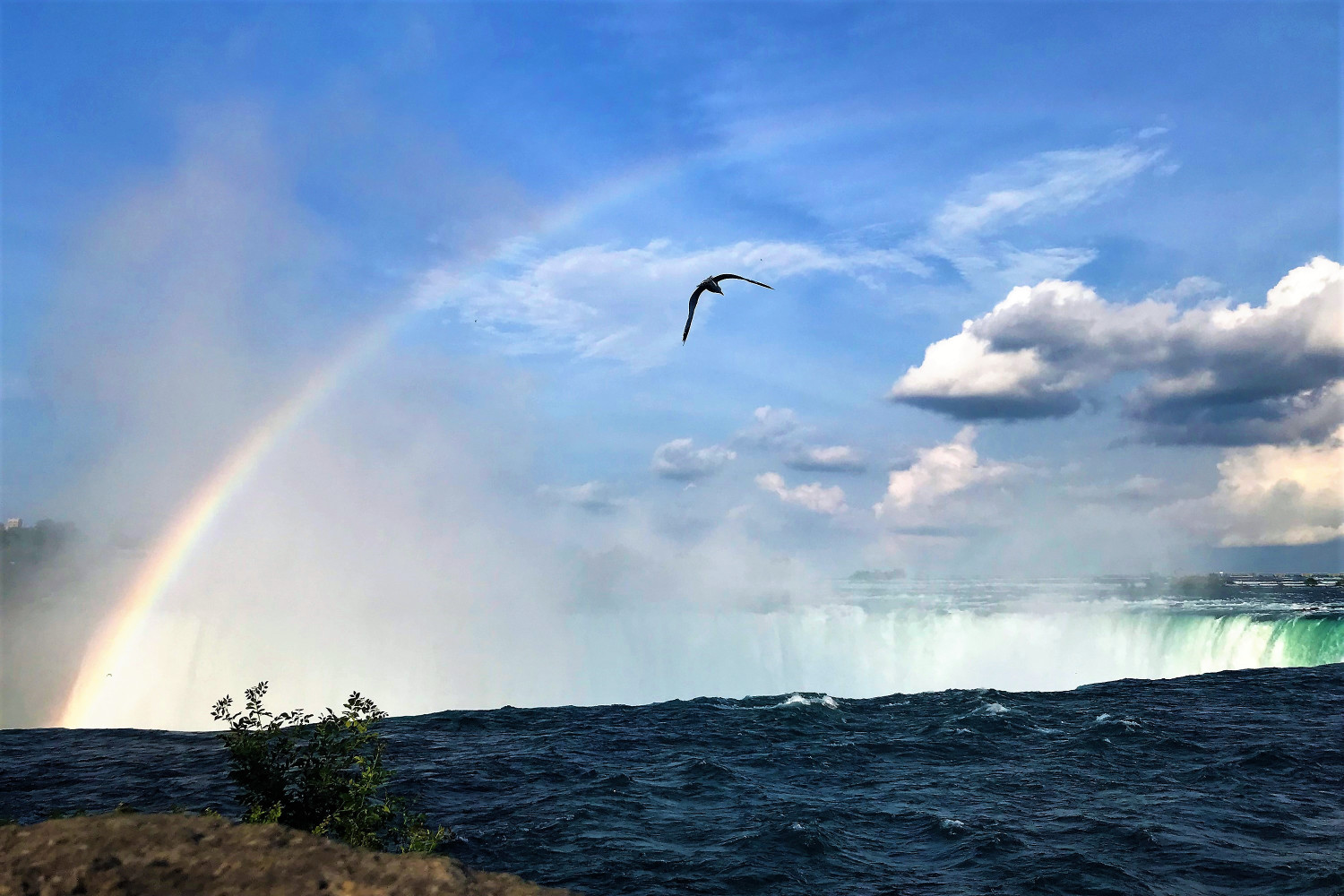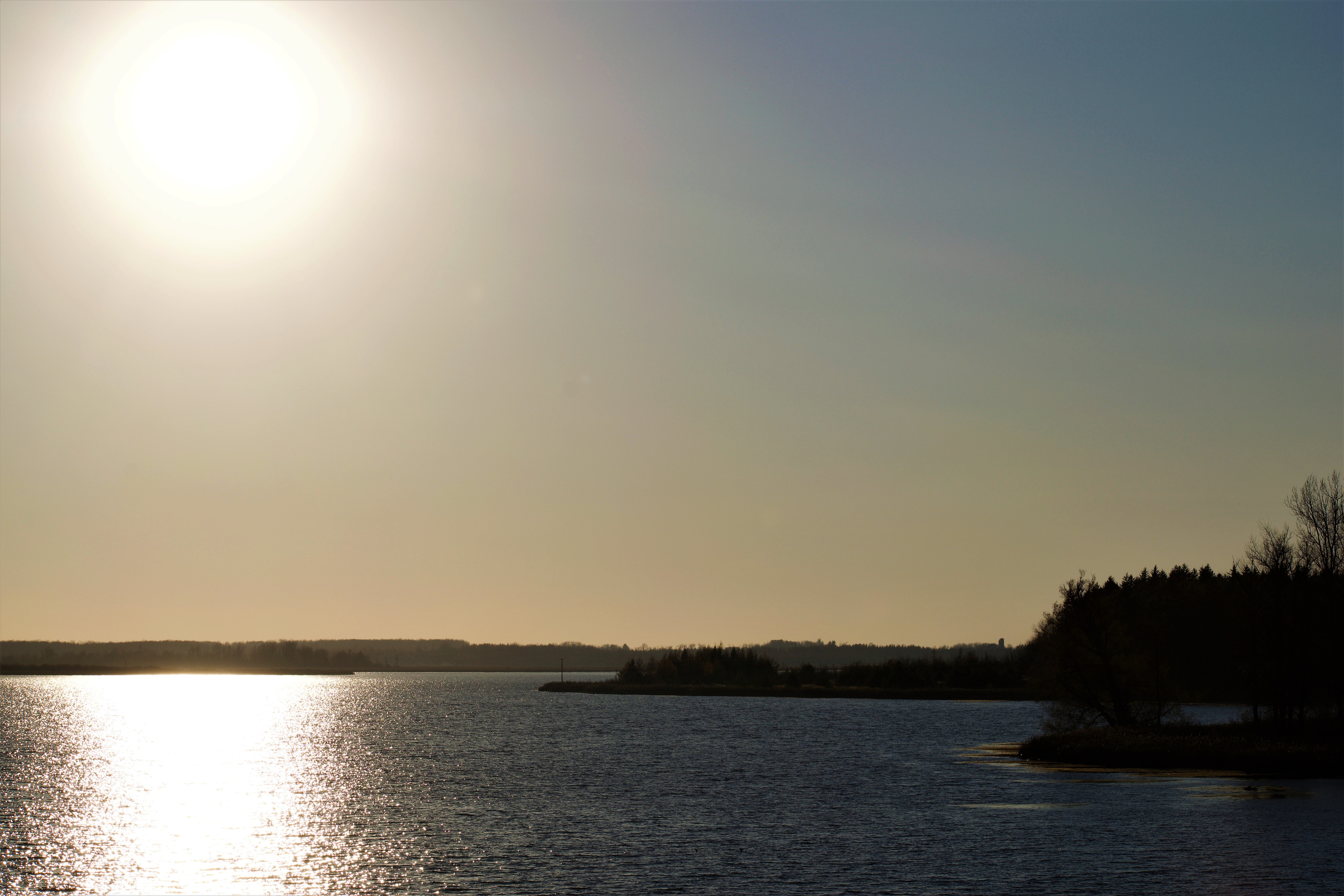
Ontario’s water security must be better protected
As World Water Day nears on March 22, this may be a good time for Ontarians to reflect on the province’s water security – its ecological integrity and how it effects public health, social equity, and economic vitality.
With more than 250,000 lakes, tens of thousands of miles of rivers, a significant portion of the world’s wetlands, and the Great Lakes along our southern edge holding about 20 percent of the world’s surface freshwater, it is hard to imagine that water security could be an issue for Ontario.
And yet, while the abundance noted above may be the envy of most of the world, we face huge issues related to water in the north, drinking water for First Nations and other Indigenous communities, and reduced water security in South-central Ontario.
Leaving the first two aside for another time, this correspondence will focus on South-central Ontario, a term we use purposefully. Including all the Greater Golden Horseshoe (GGH), our description of South-central Ontario extends north of the eastern portions of the Greenbelt, including the Muskoka watershed and Haliburton as well as to the area west of Lake Simcoe and east of the Niagara Escarpment.
While the GGH is a valued administrative term, the eco-region of South-central Ontario is the context in which water security will drive long-term ecological, social, and economic vitality.
It is essentially bisected by the Greenbelt, whose high points shed water mostly to Lake Huron or Lake Ontario, with a trickle to Lake Erie. The Greenbelt’s upland forests, soils, and geology channel water to thousands of underground channels and surface streams, feeding wetlands, wells, and about 65 rivers, earning it the title of Ontario’s rain-barrel.

Luther Marsh Wildlife Management Area, which is called a "biological treasure".
(Alexis Wright/The Pointer)
South of the Greenbelt more than half of the land has already been urbanized. This has consumed significant portions of Ontario’s prime agricultural land, drained most of its wetlands, converted vast areas of natural heritage into hard surfaces that can contribute to flooding, and rendered the downstream sections of the area’s watercourses moderately to highly polluted.
Now, under Bill 23 and other ill-considered aspects of the government’s Housing Action Plan, Ontario is pushing for more of the same. However, as it has basically outlawed collaborative regional planning and significantly reduced the mandate of conservation authorities, the ecological health of whole watersheds may be facing their tipping point.
Within the Greenbelt itself, increased storm water run-off from new developments, effluent from new sewage treatment plants, and salt, noise and lighting from expanded and new roads such as the proposed Highway 413 are not being fully assessed. The outcomes, and their cumulative impact, could overwhelm the sensitive relationships between surface water, groundwater, drinking water, and terrestrial and aquatic life in the Greenbelt itself while increasing negative conditions downstream.
North of the Greenbelt, mid-size communities more intimately connected to nature than those south of the Greenbelt are seeing opportunities for residential, retirement, recreational, and other types of growth. Their urban areas are expanding and more and more cottages are being built, with increased implications on drinking water, surface water, sewage treatment, and biodiversity.
The Coalition of Ontario Water Guardians respects and appreciates the efforts of all those who have expressed concern over the many egregious aspects of the Housing Action Plan.
You can sign our petition in support of the recommendations of the Coalition of Ontario Water Guardians that Ontario should make significant efforts to better protect water security, and that a good place to start is to commit to meaningful consultation on the proposed amalgamation of the Places to Grow Act with the Provincial Policy Statement.
Serious issues that need to be addressed include the PC government’s push to impose sprawl over a municipality’s preference for compact form, efforts to remove land from the Greenbelt, revoking the legislation that created the Duffins Rouge Agricultural Preserve, the removal of local planning authority under minister’s zoning orders, and more. Unfortunately, there has to date not been adequate public discussion on how the province’s direction presents real threats to water security.
Our concerns, found in our petition, include those on land-use conversion, watershed management, agriculture, aquatic biodiversity, excess soil and aggregate regulations, the Great Lakes, infrastructure in the Greenbelt, the Provincial Water Quality Objectives, sewage, and wetlands, as well as recent changes proposed for the Far North.
Cumulatively, actions in these areas represent an irresponsible assault on water security. As many of the recent actions have been implemented under omnibus legislation, with little public input, without consultation with First Nations, and with limited legal recourse, they also represent tipping points to our democracy.
Please sign our petition and help us put water security on the agenda for a sustainable future.
Andrew McCammon is Executive Director of the Ontario Headwaters Institute.
COVID-19 is impacting all Canadians. At a time when vital public information is needed by everyone, The Pointer has taken down our paywall on all stories relating to the pandemic and those of public interest to ensure every resident of Brampton, Mississauga and Niagara has access to the facts. For those who are able, we encourage you to consider a subscription. This will help us report on important public interest issues the community needs to know about now more than ever. You can register for a 30-day free trial HERE. Thereafter, The Pointer will charge $10 a month and you can cancel any time right on the website. Thank you
Submit a correction about this story


